The EHC Round Table on: ‘Factor concentrate-related inhibitor risk in haemophilia A’ took place on 2 March 2015 in Brussels, Belgium.
Here you can find the:
- Event programme,
- Event outline,
- Round Table Report,
- Presentations from:
- Prof Pier-Mannuccio Mannucci on: ‘Plasma derived vs recombinant products and inhibitors in PUPs‘
- Prof Jenny Goudemand on: ‘2nd vs 3rd generation FVIII and inhibitors in PUPs‘
- Dr Kathelijn Fischeer on: ‘EUHASS and inhibitors in PUPs’
- Dr Alfonso Iorio on: ‘Critical appraisal of inhibitor in PUP data‘
- Prof Frits Rosendaal on: ‘An epidemiologists view of the risk of inhibitors by product and how should this be assessed in future‘
- Mr Thomas Sannié on: ‘Role of patients and patient organisations in declaring and following-up adverse event‘
The European Haemophilia Consortium (EHC) held its 24th Round Table on ‘Product related risk for inhibitor formation in Haemophilia A’ on Monday 2 March 2015.
Haemophilia A is a rare bleeding disorder that occurs in an estimated one in 10.000 people. It is a genetic disorder linked to the X-chromosome and it affects primarily men, although in rarer cases women too. In people with haemophilia (PWH), blood does not clot normally due to a lack of specific proteins in the blood and this results in bleeds in several parts of the body. Bleeds that occur in joints and the brain can be debilitating and even fatal. To live a normal life, PWH need to replace the missing proteins by infusing coagulation factors on a regular basis. Unfortunately, an approximate 30 per cent of PWH receiving replacement factor will develop an inhibitor, an antibody to the treatment received. This means that patients will not be able to use normal treatment and will be at greater risk of disability and death. The only available current treatment for inhibitors is Immune Tolerance Induction (ITI), a very intense treatment that is extremely pricey and that often cannot be afforded by resource-limited countries. The formation of inhibitors remains one of the most challenging areas of study in haemophilia to this day, mainly because the mechanism through which inhibitors develop is still not understood.
As haemophilia is a rare disorder, it is important to study the disease on a larger population so that the disease and response to the treatment can be better understood: this is why European collaboration is so important. This round table aimed at presenting the results of several ongoing studies trying to identify the determinants for inhibitor formation in previously untreated patients (PUPs).
Prof Michael Makris, member of the EHC Medical Advisory Group, welcomed participants and introduced the event, which started with a series of presentations reviewing current findings on factor-related risk for inhibitor development in PUPs with haemophilia A. Prof Pier-Mannuccio Mannucci from the University of Milan (Italy) opened the presentations by discussing the results from the Survey of Inhibitors in Plasma-Products Exposed Toddlers (SIPPET) on plasma-derived coagulation factor concentrate versus recombinant factor concentrates in PUPs. Prof Jenny Goudemand from the University of Lille (France) presented the differences between 2nd versus 3rd generation coagulation FVIII and inhibitors in PUPs, as explored by the Research Of Determinants of INhibitor Development (RODIN) among PUPs with haemophilia, the French Network, FranceCoag and the United Kingdom’s Haemophilia Centre Doctors’ Organisation (UKHCDO) research. Dr Kathelijn Fischer from the University of Utrecht (the Netherlands) reviewed the results gathered from the reporting of inhibitors’ development in PUPs into EUHASS, a pharmacovigilance program to monitor the safety of treatments for people with inherited bleeding disorders in Europe. Dr Alfonso Iorio from McMaster University (Canada) rounded up the topic by providing a critical appraisal the data on inhibitor formation in PUPs according to FVIII concentrate treatment.
The presentations continued with Prof Frits Rosendaal from the University of Leiden (the Netherlands), who gave an epidemiologist’s view of the risk of inhibitors by product and how this should be assessed in future. Finally, Mr Thomas Sannié from the Association Française des Hémophiles (AFH – the French Haemophilia Association) delivered a presentation on the role and importance of patients’ reporting of adverse events and follow-up.




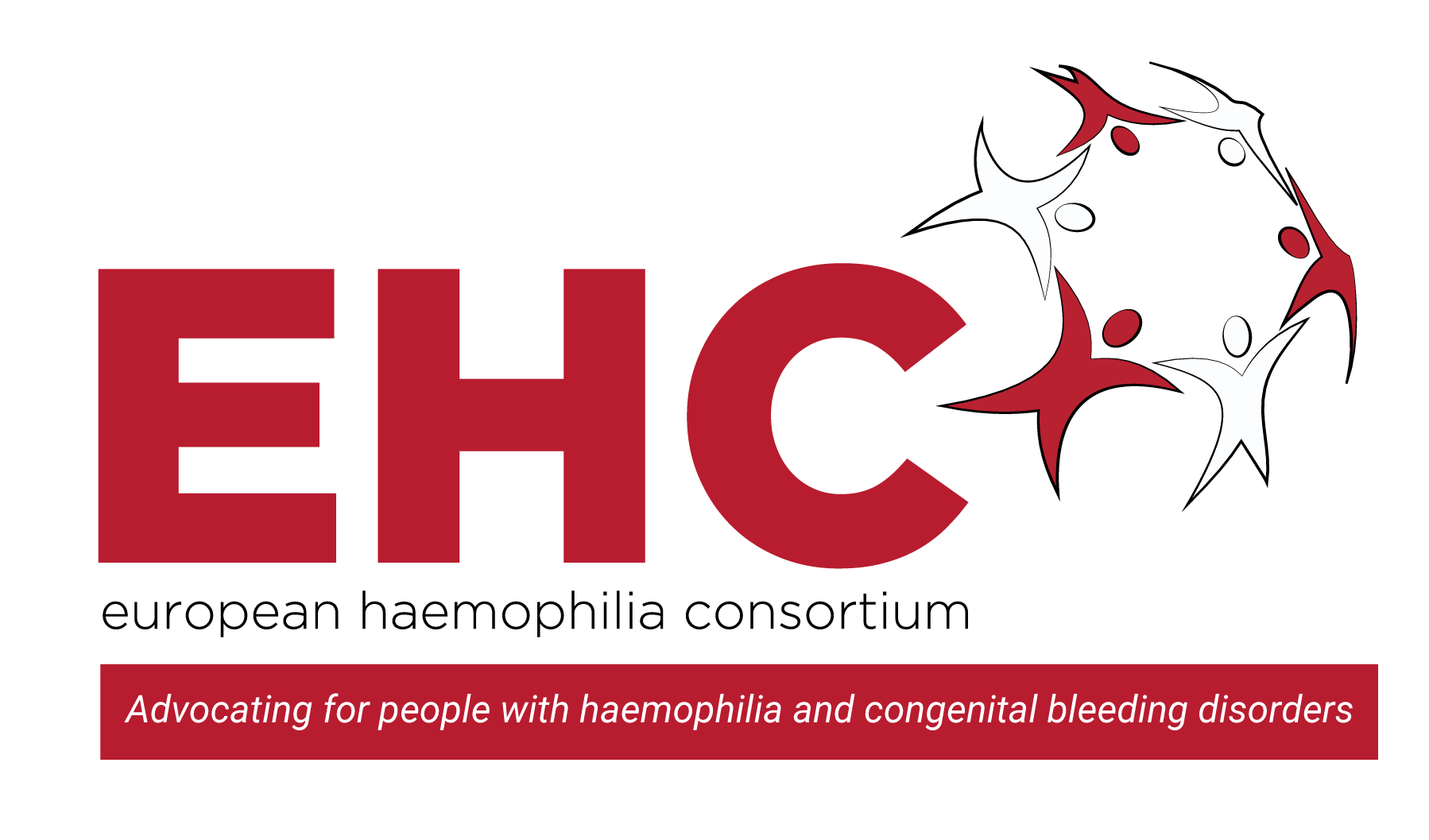

 Jim is aged 66 and has Haemophilia A with a high titer inhibitor which he developed at age 14.
Jim is aged 66 and has Haemophilia A with a high titer inhibitor which he developed at age 14. Maria Elisa Mancuso (MD, PhD) is a Haematologist and works as a Senior Haematology Consultant at the Center for Thrombosis and Haemorrhagic Diseases of IRCCS Humanitas Research Hospital in Rozzano, Milan, Italy. She is Adjunct Clinical Professor at Humanitas University. She obtained a post-degree in Clinical and Experimental Haematology and a PhD in Clinical Methodology. She is involved in clinical research and has published several original articles in peer-reviewed journals a The Lancet, Blood, Journal of Thrombosis and Haemostasis, Haematologica, Thrombosis and Haemostasis, British Journal of Haematology and Haemophilia. She is reviewer for several peer-reviewed journals and member of the Editorial Board of JTH. She is a member of several scientific societies (ISTH, WFH, ASH, EAHAD, SISET, AICE) and was a medical member of the Inhibitor Working Group of the European Hemophilia Consortium. She is co-chair of the ADVANCE Study Group. She has acted also as co-chair of the Scientific and Standardization Subcommittee of ISTH on FVIII, FIX and rare bleeding disorders. She has been involved as principal and co-investigator in several clinical trials, and she takes care of both children and adults with hemophilia and other congenital bleeding disorders with a specific scientific interest in novel therapies, prophylaxis, inhibitors, and chronic hepatitis C.
Maria Elisa Mancuso (MD, PhD) is a Haematologist and works as a Senior Haematology Consultant at the Center for Thrombosis and Haemorrhagic Diseases of IRCCS Humanitas Research Hospital in Rozzano, Milan, Italy. She is Adjunct Clinical Professor at Humanitas University. She obtained a post-degree in Clinical and Experimental Haematology and a PhD in Clinical Methodology. She is involved in clinical research and has published several original articles in peer-reviewed journals a The Lancet, Blood, Journal of Thrombosis and Haemostasis, Haematologica, Thrombosis and Haemostasis, British Journal of Haematology and Haemophilia. She is reviewer for several peer-reviewed journals and member of the Editorial Board of JTH. She is a member of several scientific societies (ISTH, WFH, ASH, EAHAD, SISET, AICE) and was a medical member of the Inhibitor Working Group of the European Hemophilia Consortium. She is co-chair of the ADVANCE Study Group. She has acted also as co-chair of the Scientific and Standardization Subcommittee of ISTH on FVIII, FIX and rare bleeding disorders. She has been involved as principal and co-investigator in several clinical trials, and she takes care of both children and adults with hemophilia and other congenital bleeding disorders with a specific scientific interest in novel therapies, prophylaxis, inhibitors, and chronic hepatitis C.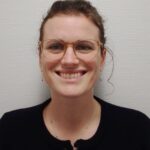 As a patient with factor II deficiency, the diagnostic and treatment of rare bleeding disorders is a matter dear to my heart. My motivation to participate in the work of the ERIN committee is to improve both diagnostic and treatment for patients with rare bleeding disorders across Europe.
As a patient with factor II deficiency, the diagnostic and treatment of rare bleeding disorders is a matter dear to my heart. My motivation to participate in the work of the ERIN committee is to improve both diagnostic and treatment for patients with rare bleeding disorders across Europe. Economist and financial expert by profession, executive coach and trainer by passion and haemophilia advocate by every drop of my blood through my son (who has severe haemophilia A with inhibitors). Bringing a good decade of practical experience from the corporate insurance world, laser focus, growth mindset and resilience from my own experience, offering you anything I can just do, in hope that together we can make life more fulfilled for those impacted by bleeding disorders.
Economist and financial expert by profession, executive coach and trainer by passion and haemophilia advocate by every drop of my blood through my son (who has severe haemophilia A with inhibitors). Bringing a good decade of practical experience from the corporate insurance world, laser focus, growth mindset and resilience from my own experience, offering you anything I can just do, in hope that together we can make life more fulfilled for those impacted by bleeding disorders.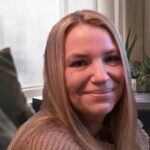 Amy Owen-Wyard is a Registered Mental Health Nurse. With experience working with children, young people, their families and adults with severe and enduring mental health conditions. Amy was also involved in a service improvement to provide a holistic care approach for those in general hospitals to support both their mental and physical health, whilst sharing her expertise and knowledge in mental health with the wider multidisciplinary team.
Amy Owen-Wyard is a Registered Mental Health Nurse. With experience working with children, young people, their families and adults with severe and enduring mental health conditions. Amy was also involved in a service improvement to provide a holistic care approach for those in general hospitals to support both their mental and physical health, whilst sharing her expertise and knowledge in mental health with the wider multidisciplinary team.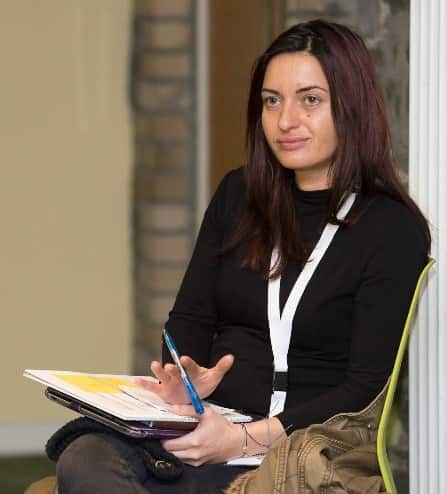
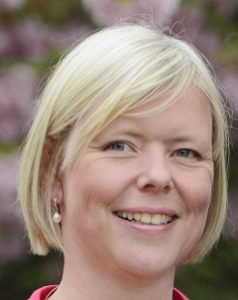
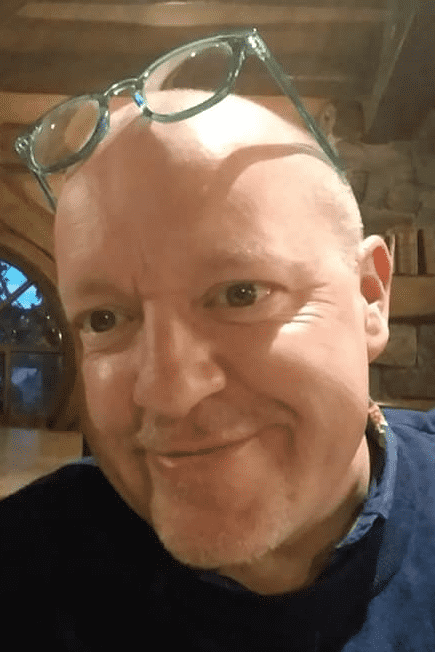
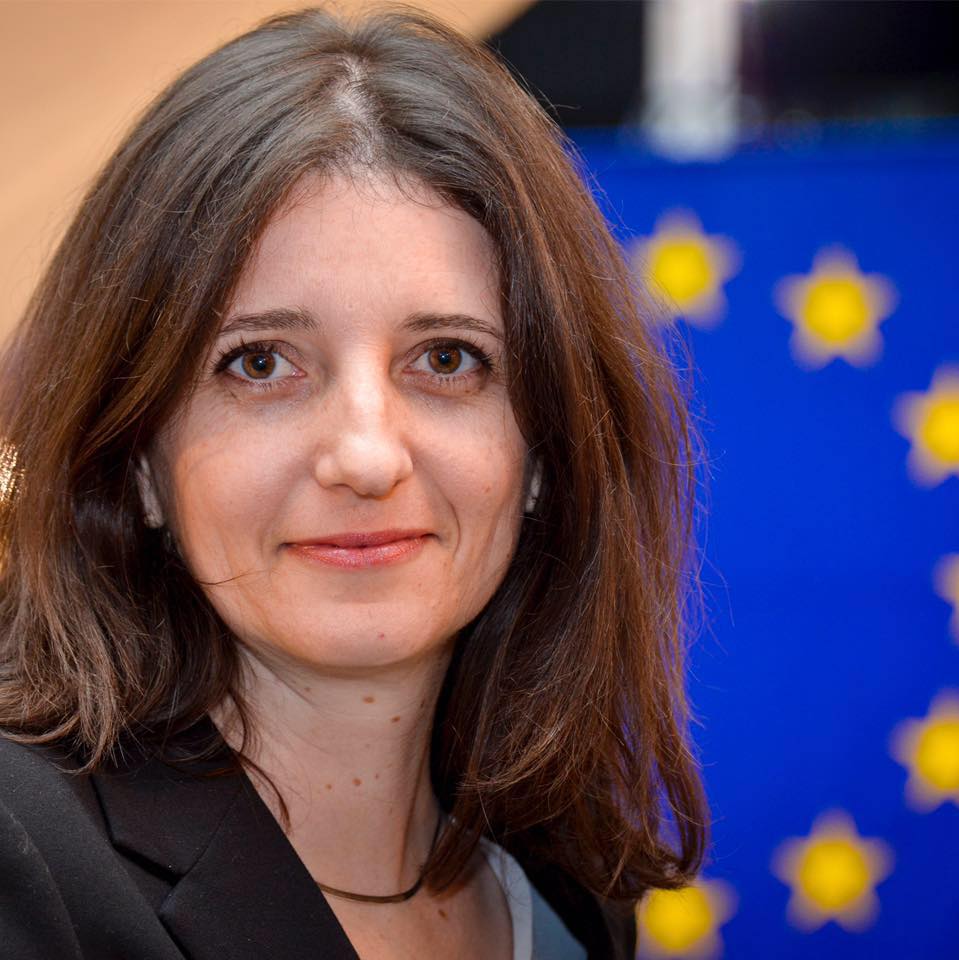
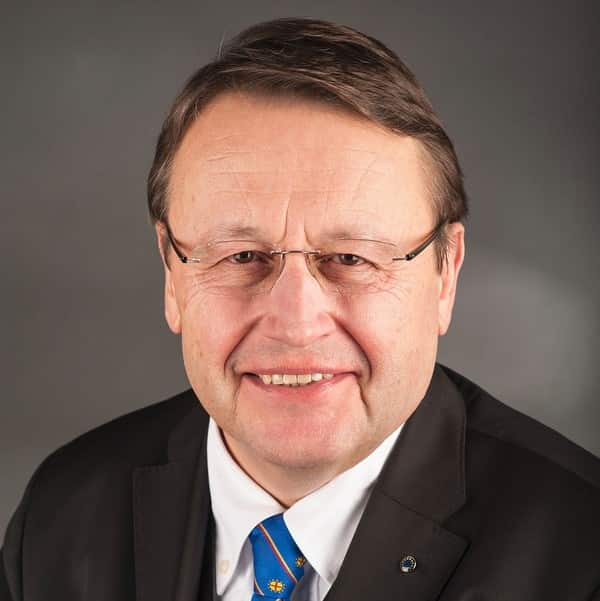
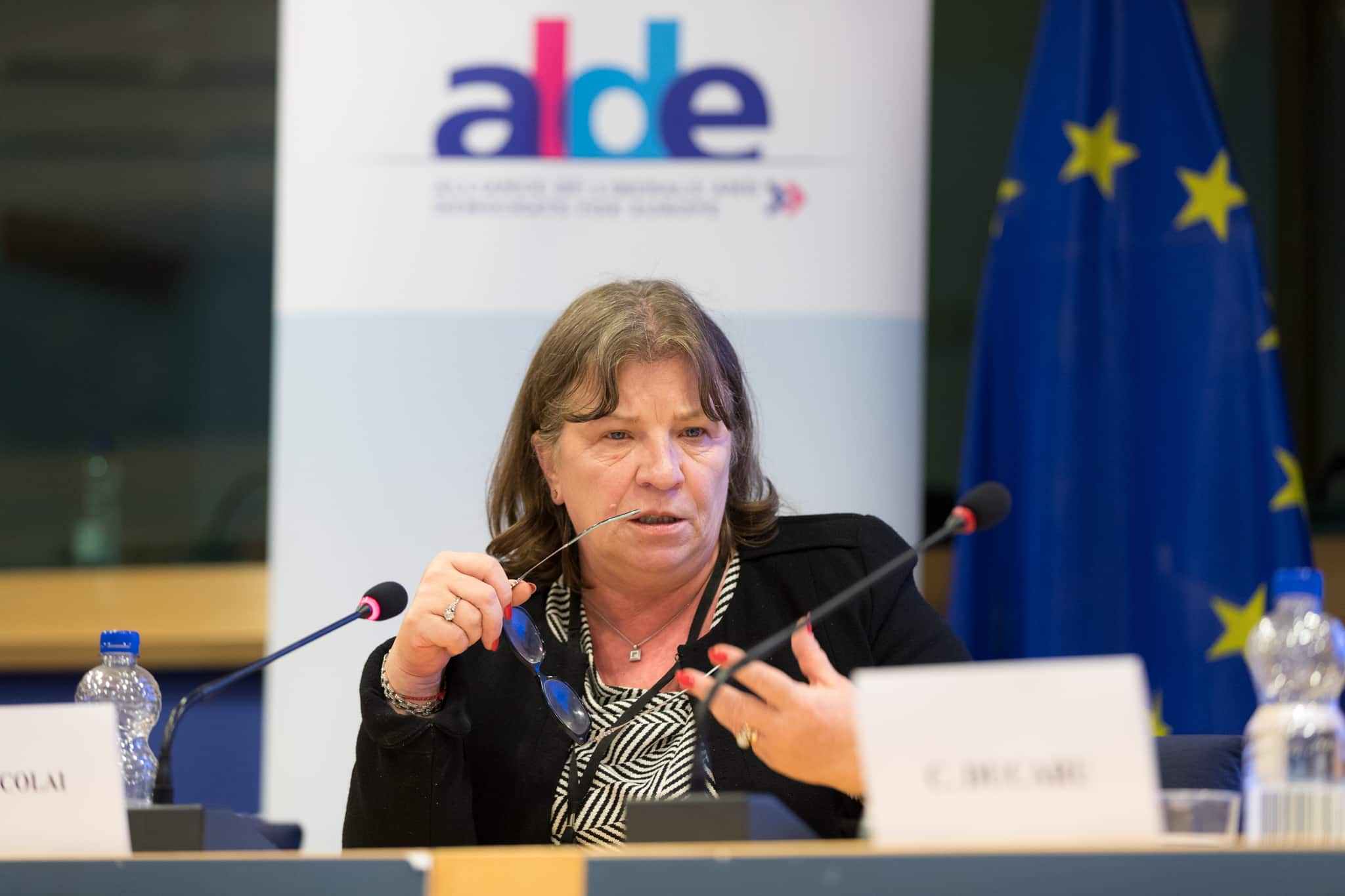
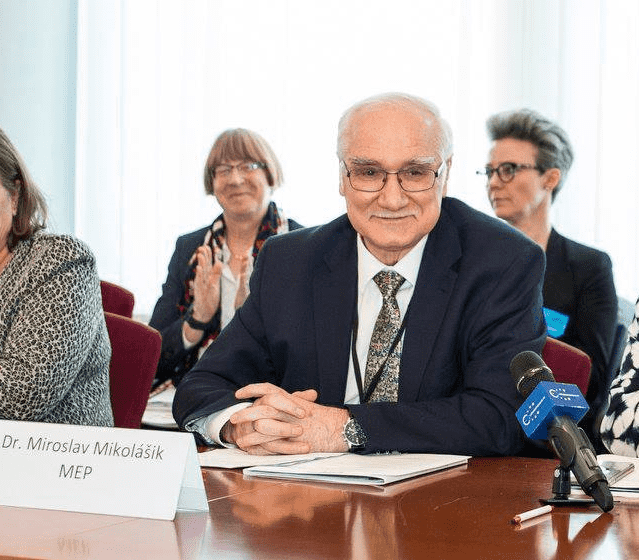
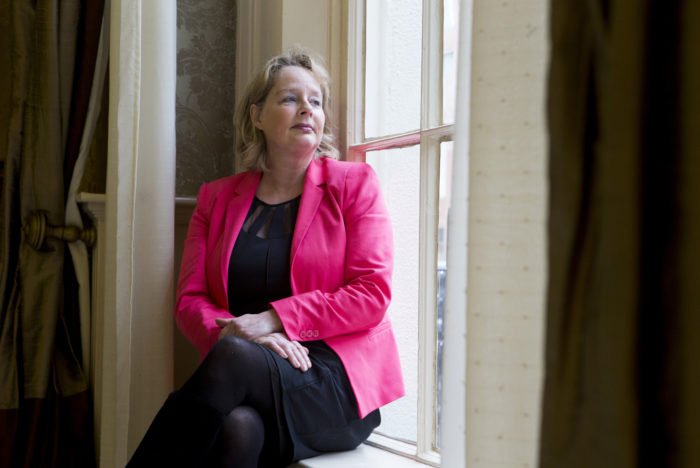
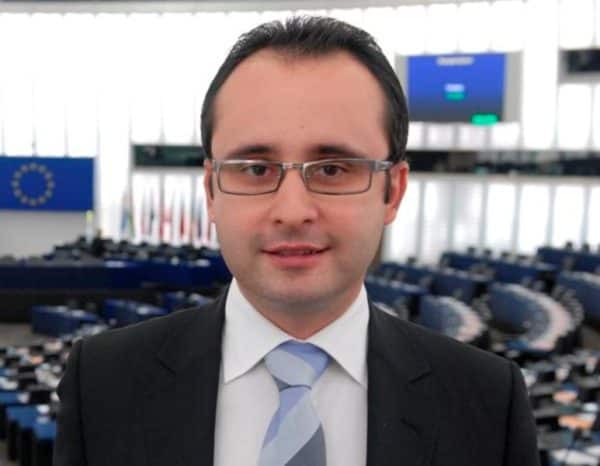
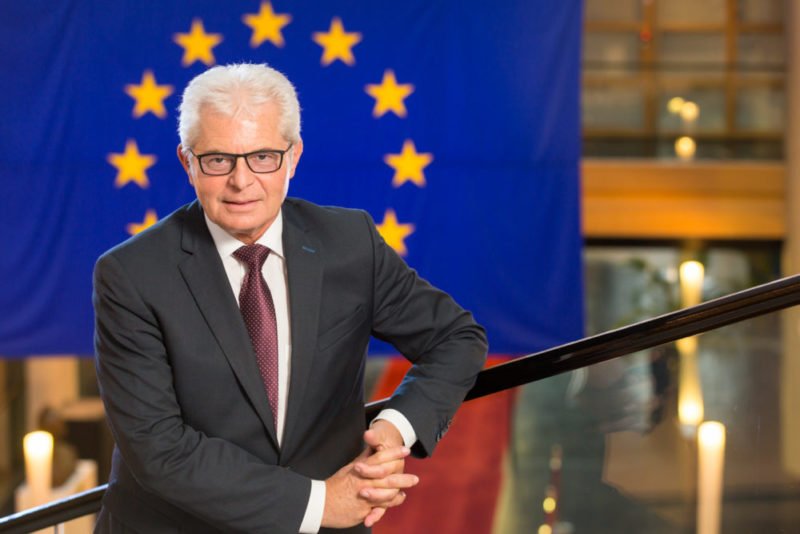
One Coment, RSS